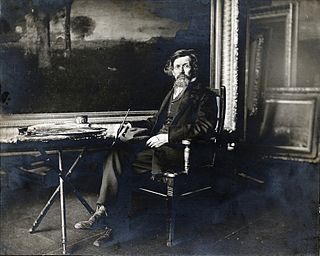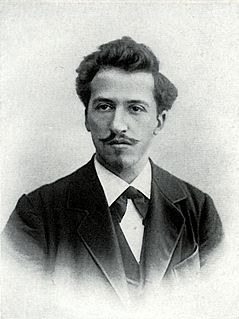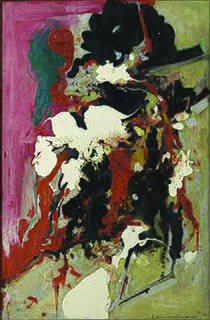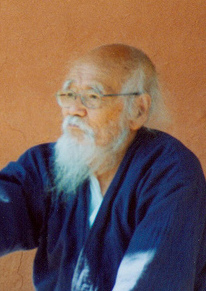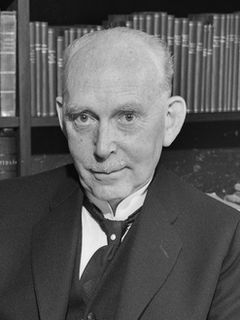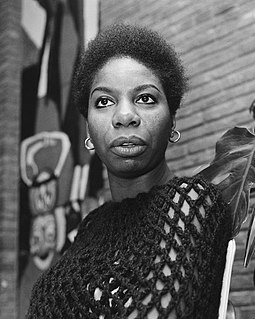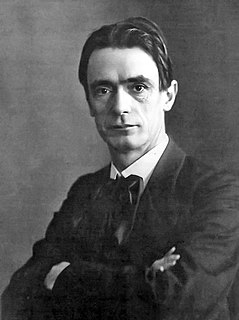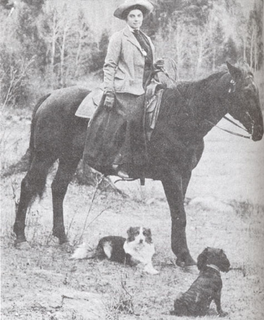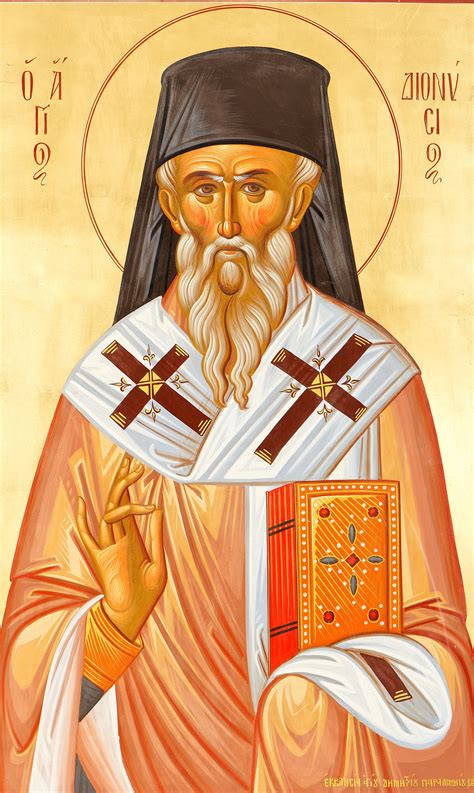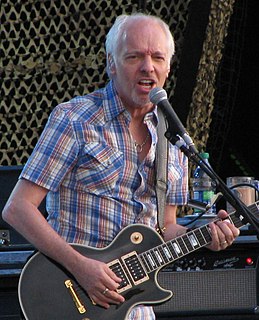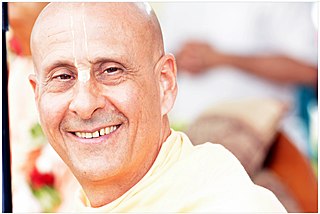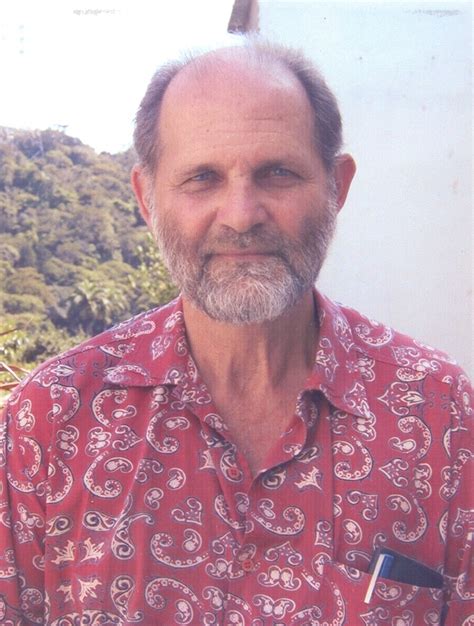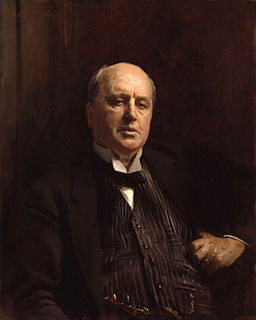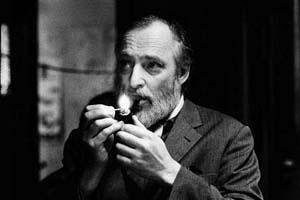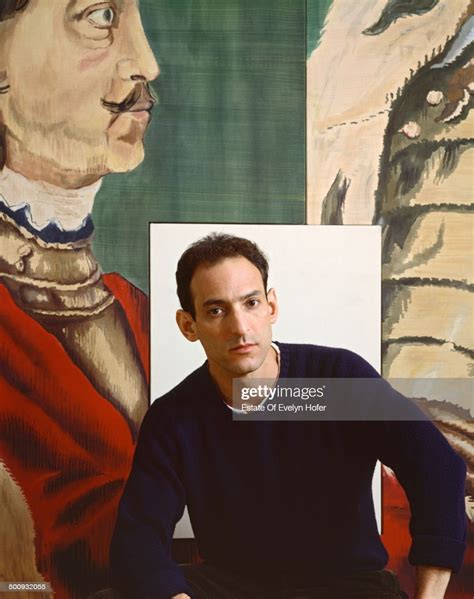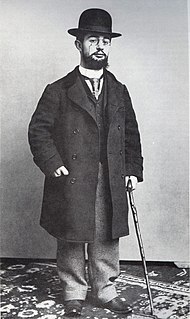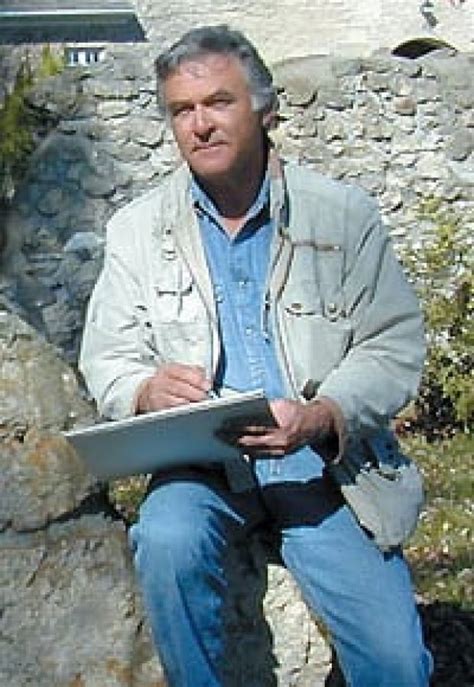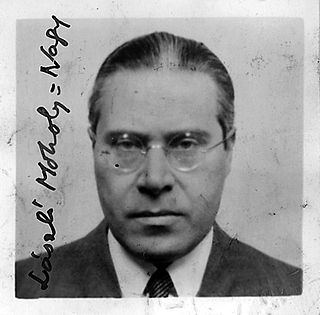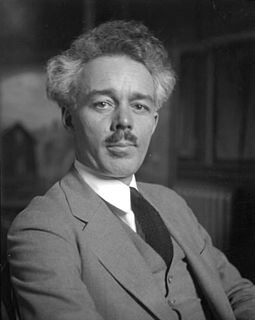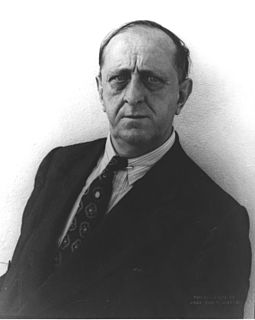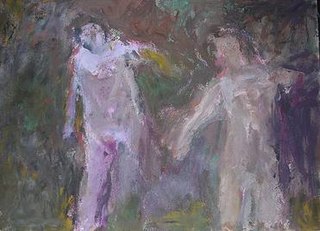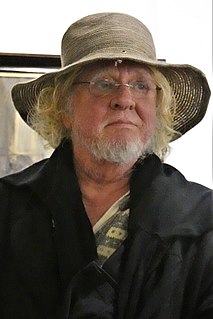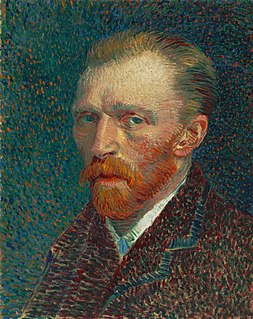A Quote by George Inness
The true use of art is, first, to cultivate the artist's own spiritual nature.
Related Quotes
What makes art Christian art? Is it simply Christian artists painting biblical subjects like Jeremiah? Or, by attaching a halo, does that suddenly make something Christian art? Must the artist’s subject be religious to be Christian? I don’t think so. There is a certain sense in which art is its own justification. If art is good art, if it is true art, if it is beautiful art, then it is bearing witness to the Author of the good, the true, and the beautiful
I know now that he who hopes to be universal in his art must plant in his own soil. Great art is like a tree, which grows in a particular place and has a trunk, leaves, blossoms, boughs, fruit, and roots of its own. The more native art is, the more it belongs to the entire world, because taste is rooted in nature. When art is true, it is one with nature. This is the secret of primitive art and also of the art of the mastersMichelangelo, Czanne, Seurat, and Renoir. The secret of my best work is that it is Mexican.
Wilderness, to me, is a spiritual necessity. The mysterious spiritual experience of being close to natural restored my soul [after the death of his son]. My experience reinforced by dedication to use the art of photography as an inspiration for others to work together to save nature's places of spiritual sanctuary for future generations.
The task of art is to take hold of the shining, the radiance, the manifestation, of that which as spirit weaves and lives throughout the world. All genuine art seeks the spirit. Even when art wishes to represent the ugly, the disagreeable, it is concerned, not with the sensory - disagreeable as such, but with the spiritual which proclaims its nature in the midst of unpleasantness. If the spiritual shines through the ugly, even the ugly becomes beautiful. In art it is upon a relation to the spiritual that beauty depends.
Real art, like the wife of an affectionate husband, needs no ornaments. But counterfeit art, like a prostitute, must always be decked out. The cause of production of real art is the artist's inner need to express a feeling that has accumulated...The cause of counterfeit art, as of prostitution, is gain. The consequence of true art is the introduction of a new feeling into the intercourse of life... The consequences of counterfeit art are the perversion of man, pleasure which never satisfies, and the weakening of man's spiritual strength.
The Word of God makes use of poetic imagery when discussing... formless intelligences but... it does not do so for the sake of art, but as a concession to the nature of our own mind. It uses scriptural passages in an uplifting fashion as a way, provided for us from the first, to uplift our mind in a manner suitable to our nature.
We can use wealth, intelligence, education or health in harmony with our compassionate spiritual nature, or we can use them according to the selfish concerns of our particular egos. We have choices as human beings. We can be saints or we can be terrorists. We can be peaceful or we can be miserable. When we see everything in the world as God's sacred property, then we're seeing the spiritual potential, the spiritual substance, everywhere.
The internationalization of art becomes a factor contributing to the estrangement of art from the artist. The sum of works of all times and places stands against him as an entity with objectives and values of its own. In turn, since becoming aware of the organized body of artworks as the obstacle to his own aesthetic self-affirmation, the artist is pushed toward anti-intellectualism and willful dismissal of the art of the past.
